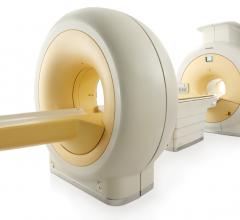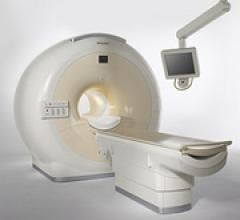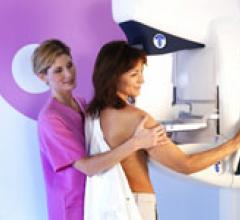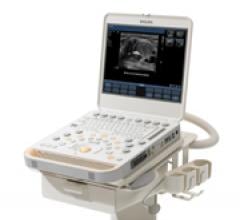If you enjoy this content, please share it with a colleague
Philips
RELATED CONTENT
The new imaging modality of positron emission tomography (PET)/magnetic resonance imaging (MRI) was introduced in the U.S. market last summer. The Siemens Biograph mMR (molecular MR) gained U.S. Food and Drug Administration (FDA) 510(k) clearance as the first dedicated PET/MRI system. It is the only system to combine both modalities into one machine, allowing simultaneous imaging of location, function and metabolic activity of organs in a single image.
November 15, 2011 – The new full iterative technology (FIT) now available on the BrightView XCT uses advanced algorithms for the truest picture possible. New clinical cases show that concurrent imaging allows for shorter exams and smarter assessments.
November 14, 2011 — As soldiers are being treated for more advanced medical conditions on the battlefield, more advanced medical devices are required to respond to this need. Royal Philips Electronics has a long-standing relationship with the United States military and Department of Veterans Affairs, providing cutting-edge healthcare equipment to the battlefield and U.S. military hospitals.
November 7, 2011 -- Philips combines its Ambient Experience with Gemini TF Big Bore positron emission tomography (PET)/computed tomography (CT) at Sparks Regional Medical Center, Arkansas’ first hospital, serving a population of more than 350,000 in and around its location in Fort Smith.
Philips TruFlight Select is its first economical positron emission tomography/computed tomography (PET/CT) system equipped premium time-of-flight (TOF) technology, Astonish TF. Competitive systems with similar performance can cost up to $500,000 more than the TruFlight Select PET/CT.
November 1, 2011 — Royal Philips Electronics introduced MicroDose Mammography, a full-field digital mammography (FFDM) solution, on Monday. The system offers a lower radiation dose, as compared with other FFDM systems, without compromising image quality.
October 28, 2011 — Philips announced customers have rated it No. 1 for the 19th consecutive year in overall service performance for “Ultrasound All Systems,” comprised of radiology/OB-GYN and cardiology instruments in the annual IMV ServiceTrak surveys.
The overarching trend in ultrasound continues to be the development of smaller and more powerful imaging platforms. The provision of hand-carried systems that offer advanced functionality and premium image quality in a small, easy-to-use and affordable package has almost become essential to growth in ultrasound over the last few years.
In emergency and trauma medicine, the “golden hour” refers to the time during which medical/surgical intervention has the greatest likelihood of saving a life. The shorter the time to intervention following a severe injury, the greater the chance of survival. Computed tomography (CT) is integral to these patients’ assessment, diagnosis and treatment planning.
One of the biggest trends is the creation of hybrid operating rooms (ORs) that bring together the best of both surgical and interventional technologies. They are centered around a high-quality angiographic X-ray imaging system, allowing new collaborative treatment strategies and new types of procedures. Users say the shift to hybrid ORs is more than a change of venue for procedures, it is a paradigm shift in medicine.


 November 23, 2011
November 23, 2011 







